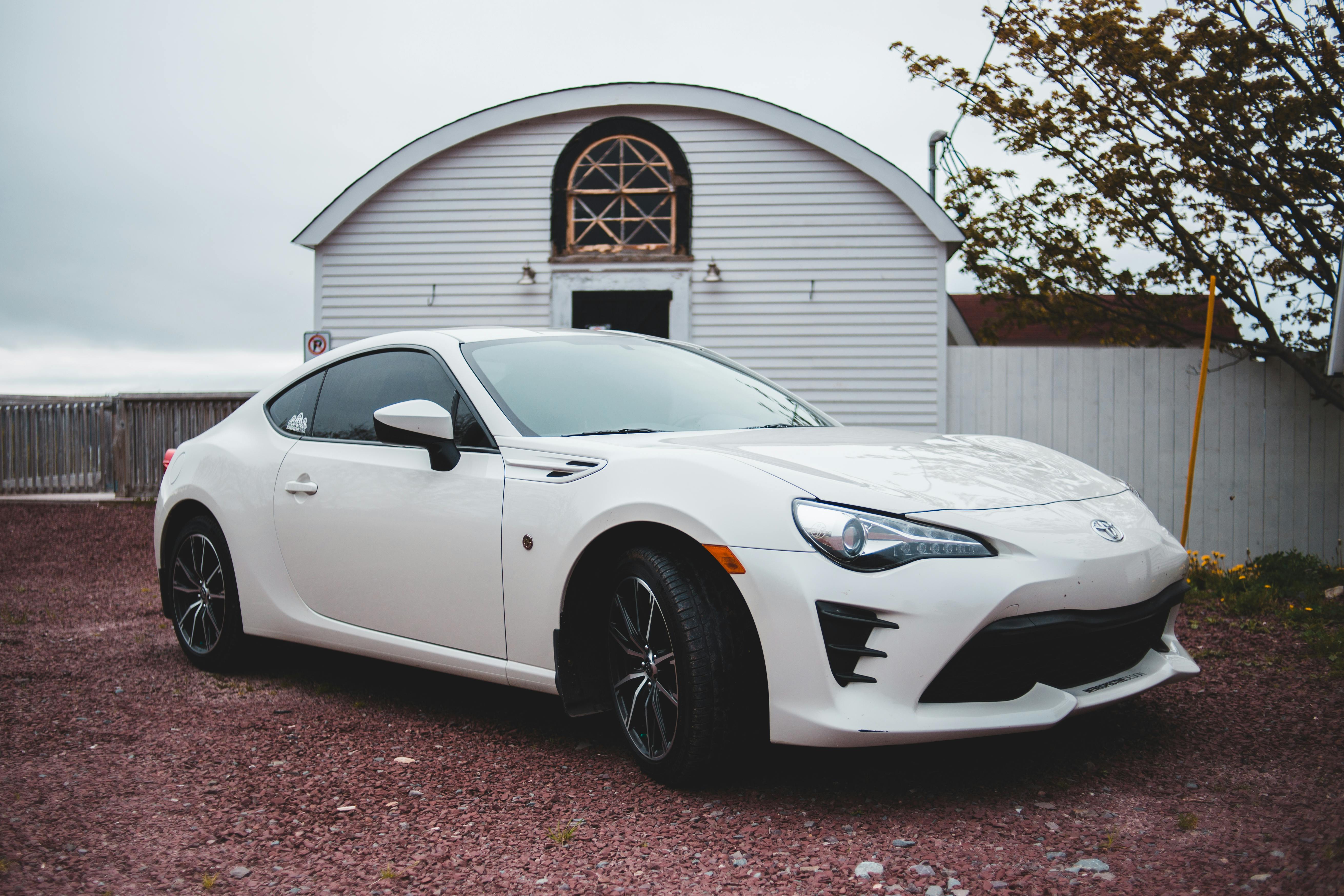
Does using cruise control really save gas?
Ironically, modern cruise control (also known as speedostat) was invented in 1945 by mechanical engineer Ralph Teetor, a blind inventor. Teetor was frustrated about riding in a car driven by his attorney, which kept speeding up and slowing down as he spoke. The Teetor system wasn’t added to a car until the 1958 Chrysler Imperial.
It is an old debate, but it is still valid. You often hear people arguing about whether turning on your cruise control when driving long distances on the highway actually increases fuel economy. Does speed of content really save gas? The answer is a resounding yes … and no.
Gas savings with and without technology
There’s no question that there are times when you can improve gas mileage by using your car’s technology to maintain a constant speed, but this system works more efficiently on flat sections of the road. If you drive in a mountainous area, you will often be better off turning off the control and operating the throttle yourself.
The reason autocruise is effective on flat roads is that drivers tend to accelerate as miles go by, only to then have to release the accelerator or brake to slow down. On a level surface, using your cruise control eliminates that cycle of acceleration and deceleration, maintaining a constant speed and eliminating the need to back off the accelerator pedal after inadvertently increasing speed. If you use your cruise control on long stretches of flat highways, you will most likely notice a significant increase in your miles per gallon.
There is also a psychic benefit to using your car’s automated system on level ground. By eliminating the need to react to every little nuance while driving, you will feel more relaxed and better enjoy the ride. Some studies have found mpg increases of up to 14% when using cruise control from 65 to 75 mph on a level highway. That can lead to significant fuel savings.
This is not the case in mountainous areas. If you are driving through considerable mountains or hills, using your cruise control will actually reduce fuel consumption, so it is best to use your own driving skills to speed up and slow down according to road conditions. and the terrain through which it is passing.
The key to maximizing your vehicle’s fuel economy is to use your cruise control according to the type of driving you are doing and the topography of your route. There are times when it makes sense to use cruise control (like when driving on a nice flat stretch of the highway) and other times it doesn’t (like when driving over a mountain pass or in city traffic). Plan ahead and turn your cruise control on or off accordingly.